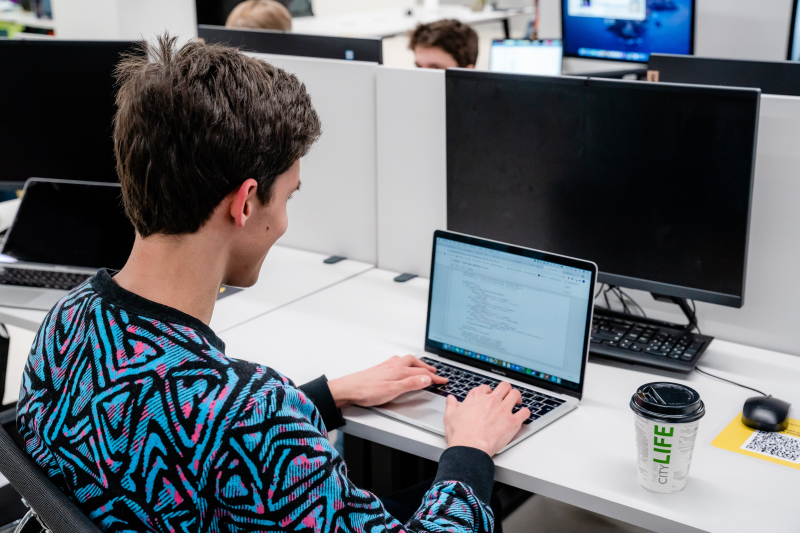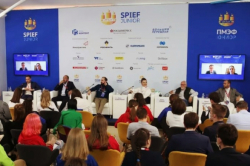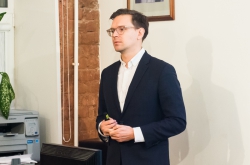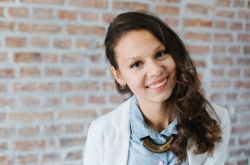In the words of ITMO University’s First Vice Rector, Daria Kozlova, a university of the future can be compared to a puzzle made up of subjects, courses, and internships, one that is individual to each student.
In order to provide students an opportunity to personalize their education, ITMO University employs a learning analytics system. The system uses various data to predict students’ choices within the academic environment and provide them with custom recommendations. In the future, systems designed by the learning analytics team may help current and prospective ITMO students build their own, exclusive educational track.
Data analysis, computations, and predictive modeling are all carried out by the learning analytics team at ITMO University’s Machine Learning Lab.
“The data comes from ISU and other information systems used by the university. It includes grades, attendance records, and educational, research, and extracurricular activities offered by the university. We collect this data, aggregate it, process it, and then use it to draw conclusions,” explains Sviatoslav Oreshin, head of the learning analytics team and a fourth-year Bachelor’s student at the Faculty of Software Engineering and Computer Systems.
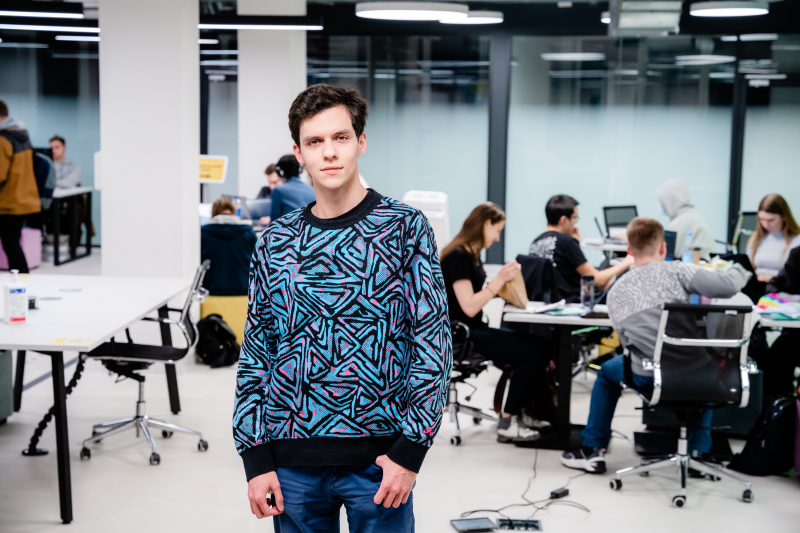
Learning analytics team
The task of processing the data accumulated by the university and using it to design intelligent systems first became relevant a year ago, tells us Sviatoslav. That data includes information about students’ academic and research achievements, their grade dynamics, social and demographic data, info about academic mobility, re-admissions, transfers, and so on.
It was then that Sviatoslav first headed the learning analytics team, which now consists of 10 members. The team designs and develops services for the Student Services Office and the students themselves. According to him, the goal of this initiative is to optimize the processes that take place at ITMO and benefit the university and its students.
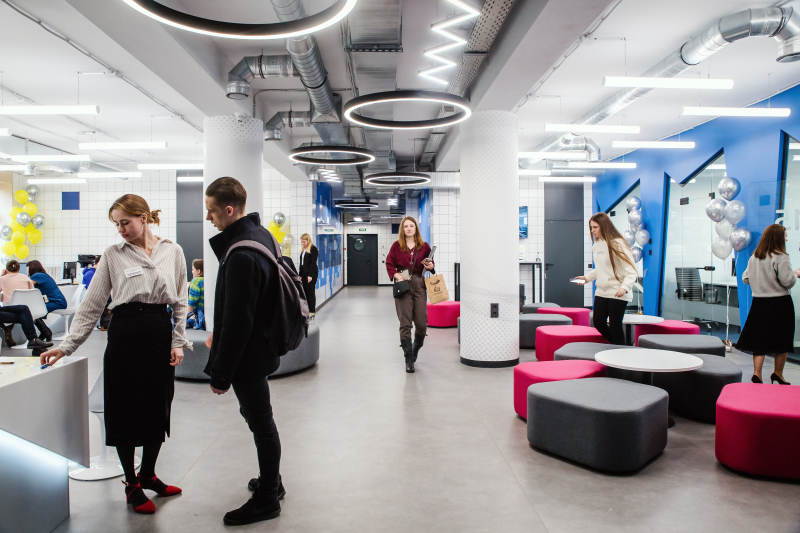
Among these services are predictive analytics of students’ academic performances, recommendation systems, and others that are still in development – for instance, the ability to form personalized educational tracks.
“The university is interested in making it so that less students are behind on their studies or have to be expelled; the students, meanwhile, would like to feel more motivated and to study in a way that they prefer. The common goal is to make everyone’s lives easier. By motivating students to study, we can reduce the number of drop-outs,” says Sviatoslav Oreshin.
Current accomplishments
The team has already solved a number of tasks related to predictive systems. For instance, they’ve developed a service, currently in use by the Student Services Office, that forecasts students’ research activity, academic backlog, grade averages, and their likelihood of being expelled in a given semester.
“One of the Student Services Office’s responsibilities is to get in touch with students who are behind on their studies. We help the team identify students who are likely to acquire an academic backlog in the near future and assist them. There are different types of students: some just need to be reminded of their backlog, while with others you need to call their lecturers and figure out a solution. People are all different and have different capacities. Our responsibility is to identify these students and help the Student Services Office approach them from the right direction,” he explains.
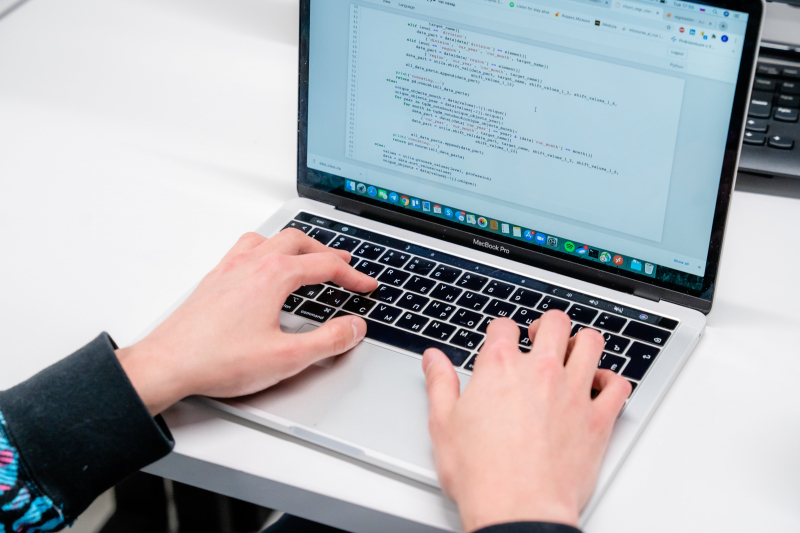
The team is also working on several additional services for students to help them pick elective disciplines, find research supervisors, or choose a university where they’d like to go on exchange.
“Our service offers users a numbered list of potential research supervisors whose scientific interests match those of the students. And it’s not just about whether the topics match, but about how deeply they are involved in them. For instance, we compare a researcher’s experience with a specific subject with the rest of the university staff. We assume that a person who’s publishing high-profile articles and focusing primarily on one subject is more passionate about it than someone else who is last on the list of authors in their article on that same topic. Using these kinds of heuristics and publication data, we assign different weight values depending on who’s more fit to be a research supervisor,” says Sviatoslav.
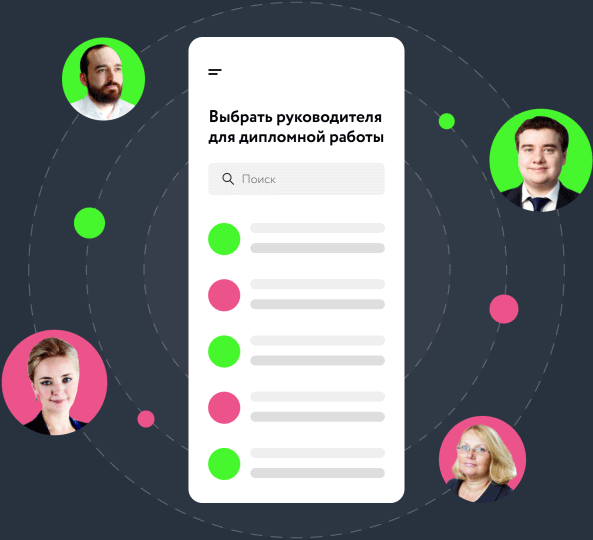
Credit: avatar.itmo.ru
The technology
To develop their solutions, the learning analytics team mostly uses machine learning. They create and train algorithms and models to which they then feed data to perform descriptive and predictive analytics.
“For instance, if a student has already published some papers, is active within the community, and we know their educational history, we can use machine learning methods to make certain conclusions,” tells us the developer. “We use different models depending on their educational phase: first- and second-year students act differently than third- and fourth-years, and different traits have varying levels of importance. Our basic model is gradient boosting. It’s a rather popular algorithm that creates predictive models based on algorithm ensembles. The algorithms are created in sequence, meaning that each subsequent one minimizes the errors present in previous ones. For the task we have, this model works better than any other.”
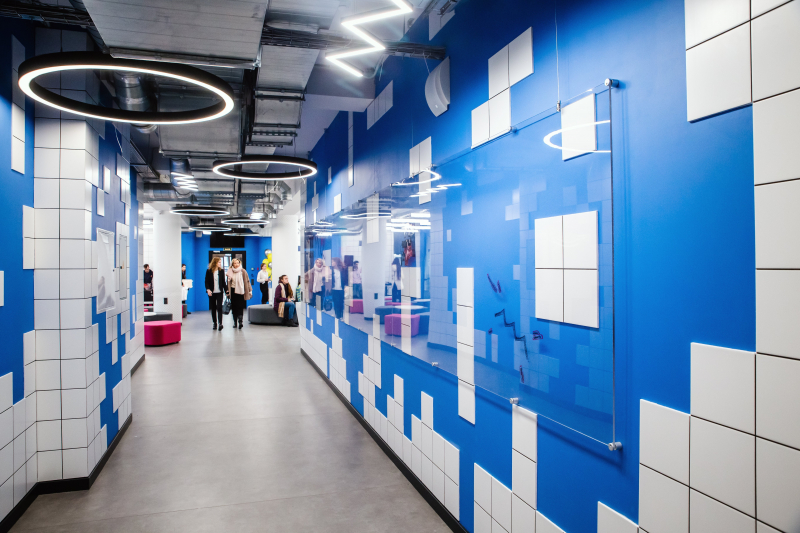
Recommendation systems use different methods. For the system that helps students choose a research supervisor, explains Sviatoslav, it’s necessary to present data in such a way that each supervisor is represented by a vector while those with similar scientific interests have similar vectors.
When students list their own interests, a similar vector is formed for them. Based on the similarities between these vectors students are matched to supervisors. The more data is available, the more accurate the results are.
Plans and prospects
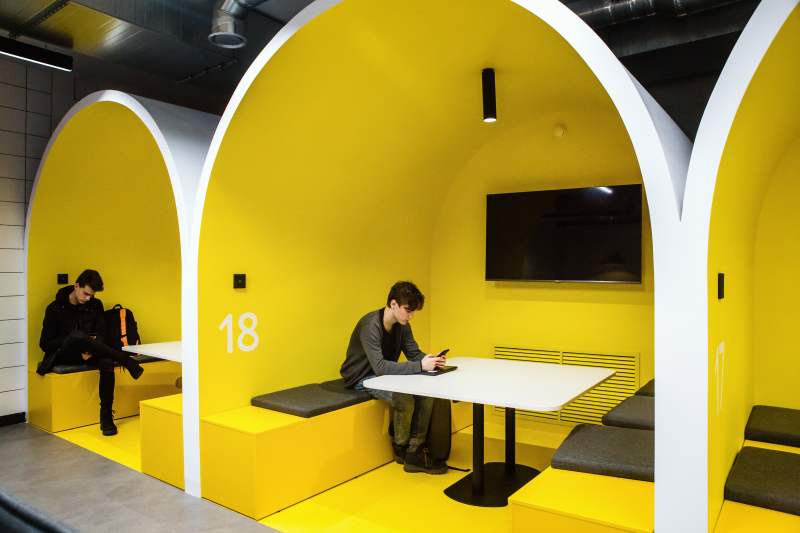
The overall aim of learning analytics is to better understand students and their goals, as well as to help them achieve those goals on a case-by-case basis. The learning analytics team’s main plans are related to the development of educational tracks for students and applicants at ITMO.
“It should help them find their place in the university’s educational system and understand clearly what each course is about. The system will tell them which programs match their interests and goals depending on whether they’d like to go into business, research, or the industry. Their pick of soft skills courses will be different, and they’ll need to learn about, say, algorithms or programming on different levels, as well,” says Sviatoslav Oreshin.
For now, students can’t directly use the services that are under development by the team, but they can make use of the services via the Student Services Office or the digital avatar project. But progress is being made in this direction, too.
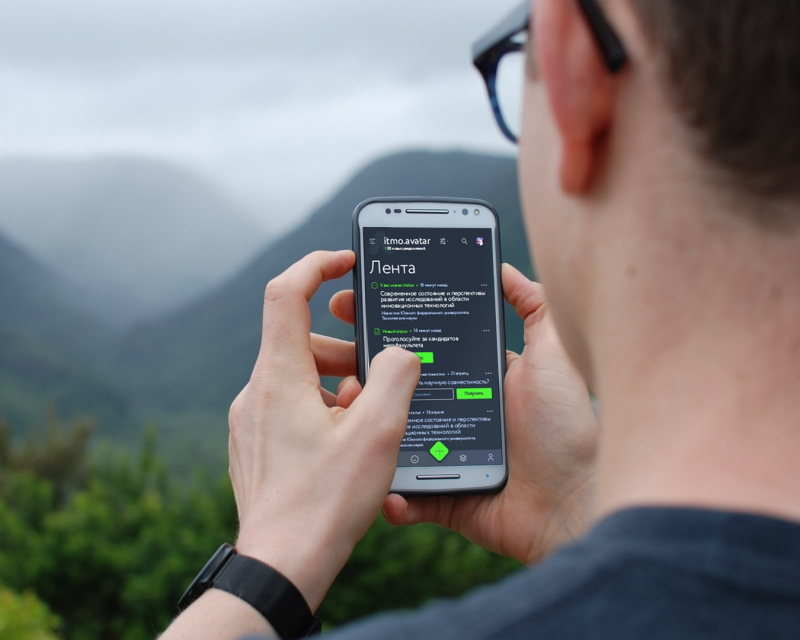
“We’re currently working on several digital avatar services, such as ones that would help you pick where to go on exchange or who to pick as your research supervisor. We’re working on the frontend, too, so that students would be able to use these services directly,” comments the head of the learning analytics team.
Sviatoslav notes that today, the university is becoming much more than just a place where all students learn according to the same curriculum.
“We’d like to personalize education; to introduce an approach that accommodates different people with different goals and skills. We’d like to make it so that everyone gets what they need. This will help keep more students from being expelled and motivate them to study better – although our contribution to that would be difficult to measure,” he concludes.
